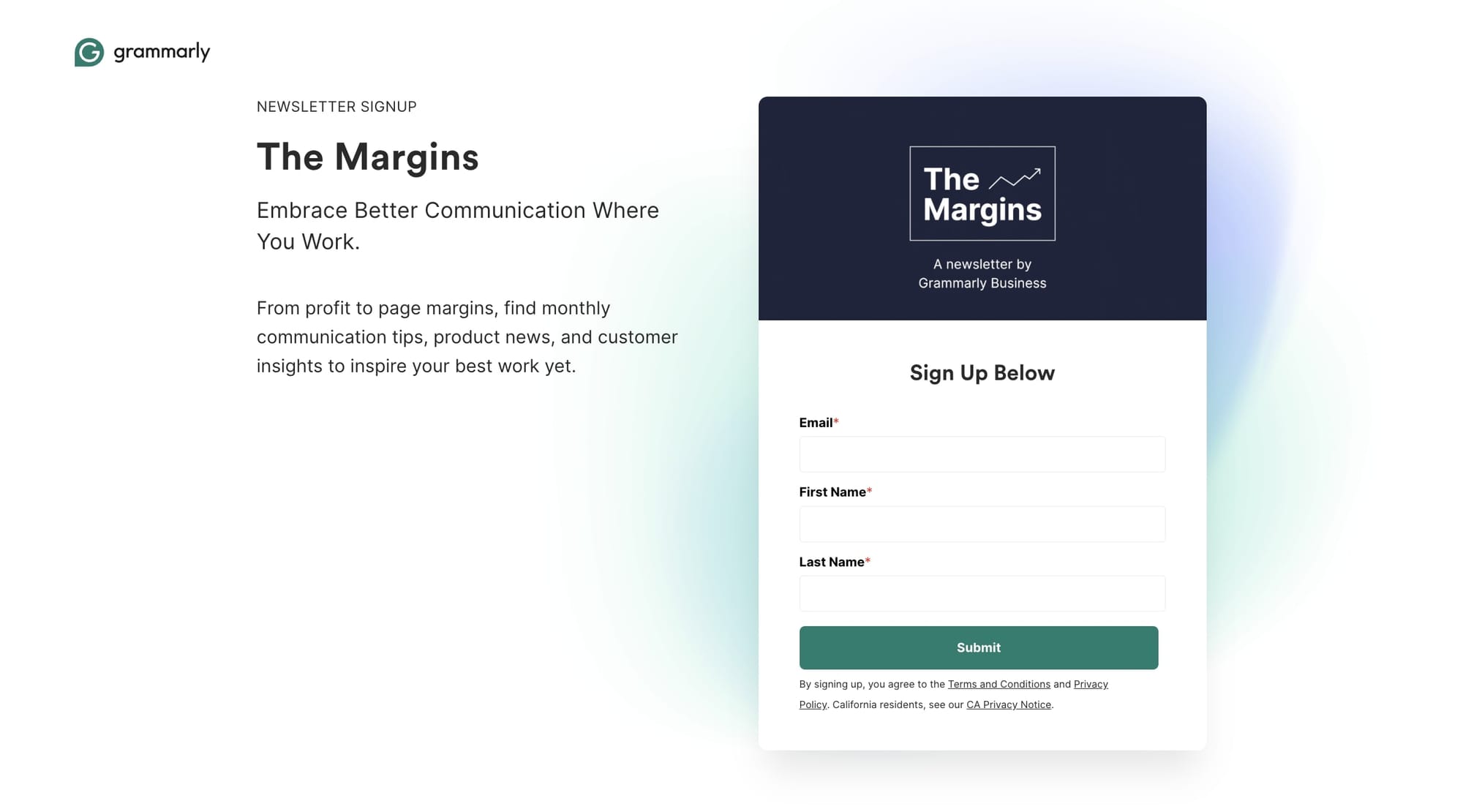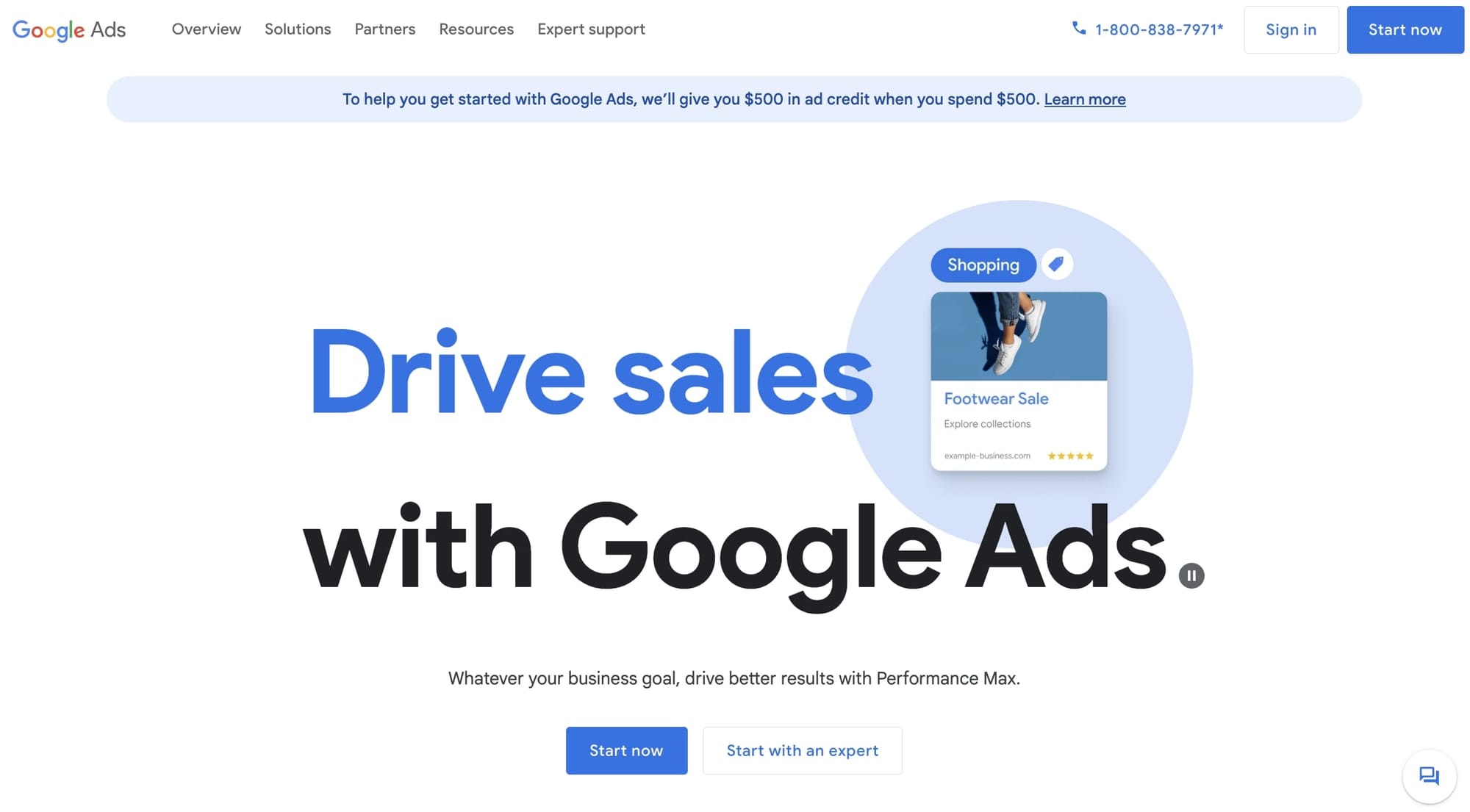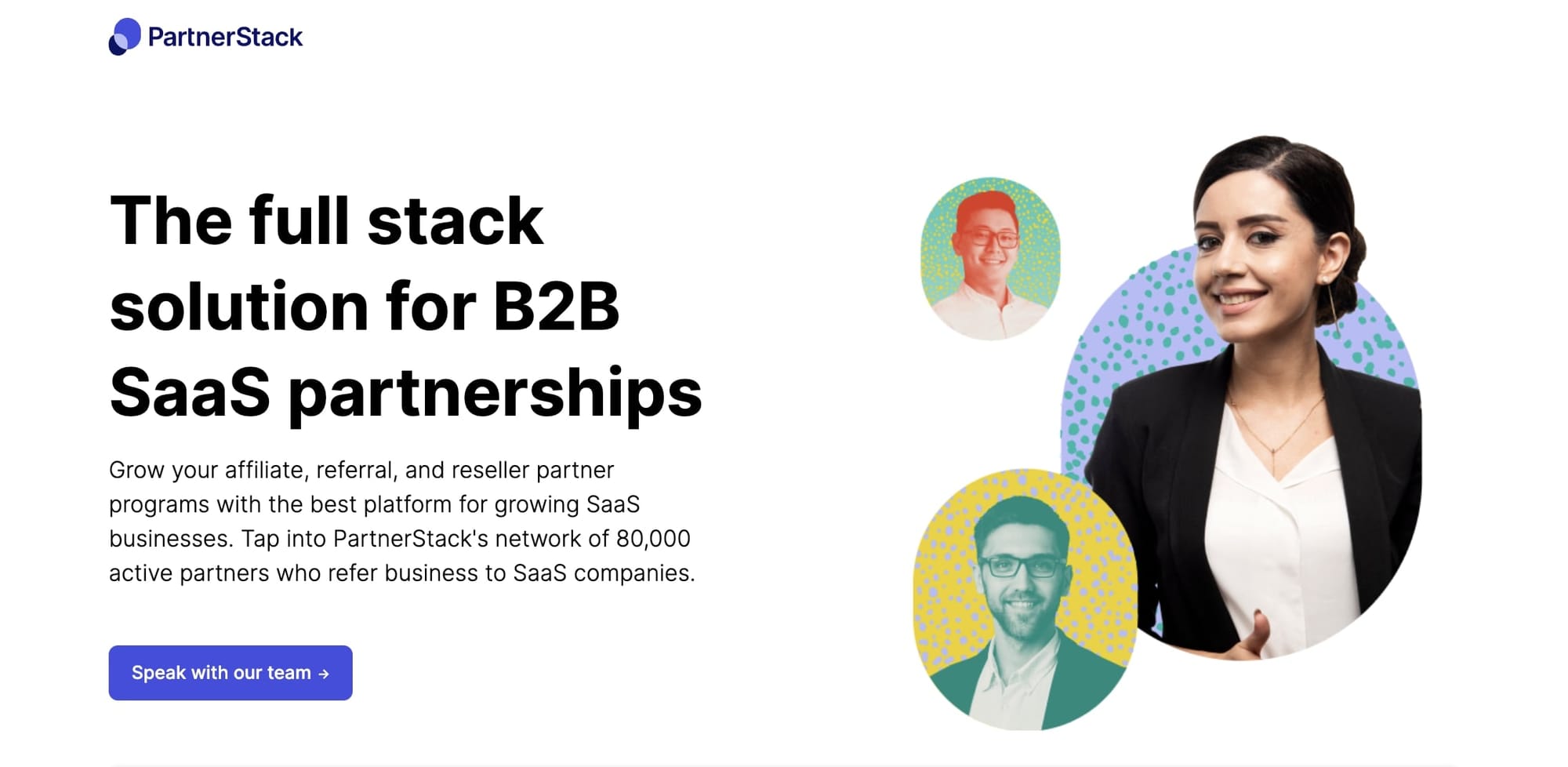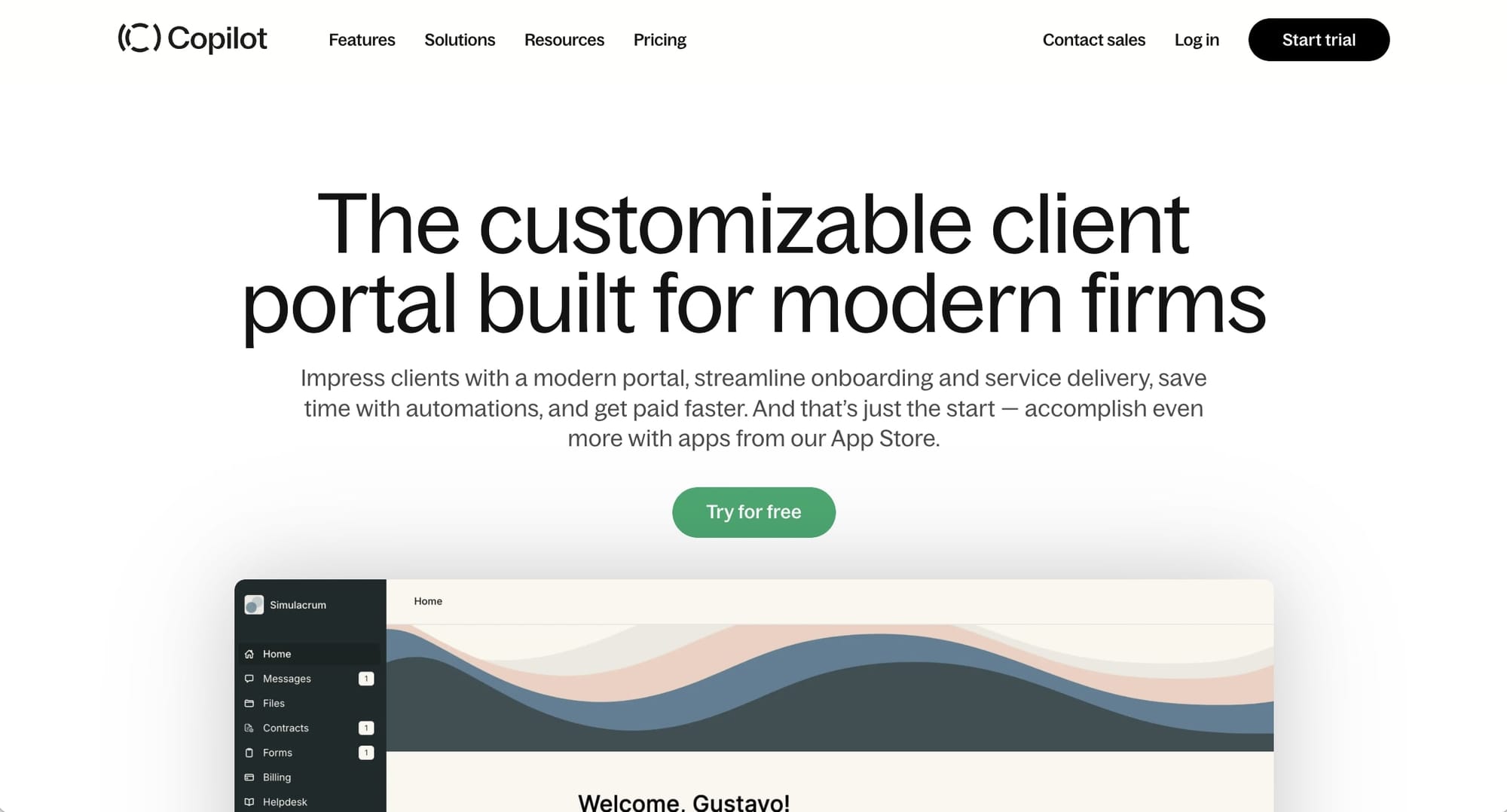8 powerful ways to find more B2B clients in 2025
Looking to get more B2B clients? In this article, we'll go over eight different strategies you can use to find more prospects for your business.

Building a business is hard.
In 2025, economic uncertainty and stubborn inflation continue to hammer consumer confidence. To add to these business woes, high interest rates mean there’s a lot less money splashing around than just a few years ago.
However, the B2B companies that brush off these challenges will emerge stronger than ever. While your competitors are sitting around and praying for the tide to turn, they’re leaving some space for you to move into. Now is the time to get aggressive with your marketing, boost your brand awareness, defy the odds, and win B2B clients.
If you need help capturing more B2B clients in 2025, you’ve come to the right place. Here are eight ways that you can win new business clients this year.
What is an example of a B2B business?
Business-to-business (B2B) is a popular term that is used to describe transactions that take place between two businesses. The concept distinguishes between the business-to-consumer (B2C) model, where a company sells directly to a private individual.
Some good examples of B2B businesses include:
- Consultant services
- Accountants
- Business software developers
- Corporate law firms
- Retail wholesalers
While a sale is a sale, there are a few things that make B2B and B2C models different. For example, by nature, B2B focuses on selling products and services to other businesses. The process typically means longer B2B sales cycles, more decision-makers, and fairly distinct target audiences.
Some marketers even suggest that the type of marketing you need for B2B is drastically different. However, as Rory Sutherland, Vice Chairman of Ogilvy UK, points out in his excellent work The Objectivity Trap, there is a lot of crossover. In short, he argues that even business people are subject to the same emotions as typical consumers, even if they want us to believe they are totally rational beings.
8 ways to get more B2B clients
Securing B2B clients takes a specific approach, not least because there are far fewer businesses than there are consumers. However, with the right product or service, you can cut through the noise and win B2B clients.
Here are the 8 best ways to land B2B clients:
- Create niche-related content on LinkedIn
- Write blog posts that rank in Google (SEO)
- Start a newsletter in your industry
- Cold email outreach
- Message prospects on LinkedIn
- Sponsor content creators in your industry
- Run ads on Google and Meta
- Start a partnership program
Alright, let’s dive deeper into each of these.
1. Create niche-related content on LinkedIn
LinkedIn is the platform for finding B2B customers. Other sites with comparable reach focus on staying connected with friends and family or lip-syncing to music. LinkedIn is squarely focused on business.
So, the first thing to know is that if you’re looking for B2B clients, you can find them on LinkedIn. The only problem? Finding a way to stand out from your competition isn’t some simple thing.
One of the best ways to make a mark on LinkedIn and foster relationships with B2B prospects is to produce niche-related content. The idea here is that you can provide value to your audience by creating super relevant, engaging, and interesting content.
Leveraging your expertise and experience within your niche will help guide you toward producing the right content, whether it's thought leadership, sharing your research, or helping educate potential clients.
LinkedIn is an essential B2B marketing channel because it has excellent reach and targeting. You can use the platform's ads to promote your content to your ideal audience based on things like job role, industry, company size, interests, and so on. From there, it’s about nurturing relationships.
Of course, LinkedIn’s news feed is driven by engagement, just like other social media platforms. So, if you want to get attention, you’ll need to write content that really speaks to your audience and sparks a conversation.
Tips for creating niche-related content on LinkedIn
- Focus on delivering value for your readers. Understand their pain points and position your brand as the solution to these problems.
- Use relevant niche LinkedIn Groups to share content and engage with your audience.
- Constantly strive to find topics, takes, and insights that your audience can’t get anywhere else. Use your experience and know-how to your advantage.
2. Write blog posts that rank in Google (SEO)
While SEO (search engine optimization) and ranking high on Google have become a bit more difficult over the years (especially with the rise of AI search platforms like ChatGPT and Perplexity), it’s still one of the best ways to win B2B clients.
However, be warned that SEO is a long-term marketing strategy that can take time to bear fruit. But when it does, even one well-written blog post can grow your organic lead generation for years.
If you want to write blog posts, there is a typical process you’ll need to follow. That all starts with really getting to know your target audience. Now, of course, you’ll do all this work when you are designing your product or service. However, when you’re writing blog posts, you’ll need to dig deeper.
You’ll need to understand your prospective clients' pain points, their satisfaction with existing solutions, and how they think and talk about their problems. Next up, you’ll need to do keyword research to unearth the terms your prospect uses when searching for information.
Another thing to consider is keyword intent. In the world of blog writing, there are three main types of keyword intent to consider. They are:
- Informational: e.g., What is a client portal? The reader is looking for information.
- Commercial: e.g. What are the best client portals? The reader is evaluating clients' portals.
- Transactional: e.g., the best client portal for me. The reader is actively ready to buy.
You can essentially split these different intents in top, middle, and bottom of the funnel content. Remember that each piece of content should have a clear purpose. When you write your blog posts, try to tailor your content to each stage.
For example:
- Informational: Answer the question and link to more articles on your site.
- Commercial: Comparison of content of different client portals.
- Transactional: Pull out all the stops and show the benefits of your product, such as social proof, case studies, etc.
Otherwise, make sure that you post regularly, use clear calls-to-action (CTAs), and track the performance of your posts so you can make necessary optimizations.
Tips for creating blog posts that rank in Google
- Try to offer interesting topics and opinions that users can’t find anywhere. Google wants to rank fresh, unique articles.
- Use sites like PeopleAlsoAsk to find questions about your niche or service that your target audience has.
- While SEO is a long game, you can boost readership by distributing your content across your social channels and email list.
3. Start a newsletter in your industry

Starting an industry newsletter is another slow-burning way to win B2B clients. However, the return on investment can be immense once you’ve built up your list. Which begs the big question: how can you grow your newsletter subscribers?
The bad news is that there is no shortcut. But the good news is that it’s possible with a mix of great content, consistency, and hard work. OK, so now that’s out of the way, it’s time to concentrate on how to create a great newsletter.
First off, you need to think about the type of B2B clients you want to attract. Are they SaaS companies? Do they sell physical goods? What are the challenges they need help with? Figure this out, and solve it with content. From there, it’s about regularly producing emails they love, be it tips and tricks, how-tos, product reviews, industry news, or whatever floats their boats.
Finally, use email marketing software to manage your list. That means pruning any email addresses that ask to unsubscribe or bounced mail. Take care of your list, and it will signal to email providers that your emails should stay out of your user's spam folders.
Tips for starting an industry newsletter
- Pick a regular sending cadence and stick to it religiously.
- Focus on providing value to your readers above trying to sell them a product or service.
- Gather feedback and track metrics so you can continuously improve and optimize your newsletter.
4. Cold email outreach
Say the words cold email outreach and many people will instantly think about firing out a load of emails to random people. However, this “spray and pray” method is a surefire way to get your email or IP address blocklisted.
Instead, modern cold email outreach is about surgical targeting. Here is how you can pull it off so that you win B2B clients.
Targeting: Research and outline the ideal customer profile (ICP) for your product or service. Use industry databases or tools like LinkedIn Sales Navigator to find prospects. You also want to make sure you first reach out to key stakeholders that you believe may have the final say on purchasing decisions.
Personalization: No one wants to feel like they’re just being targeted randomly. So, do your research on your target market and use the body of the email to demonstrate how your solution can help their business specifically.
Build relationships: While some exceptions exist, winning B2B clients means engaging in longer sales cycles to build trust. Be prepared for a bit of back-and-forth where you nurture and educate your B2B lead before attempting to sell.
Tips for cold email outreach
- Keep your email list as clean as a whistle to avoid being labeled as spam.
- It’s better to send a few quality, personalized emails that blast out generic communications to everyone you can find.
- Only follow up one time, do not get pushy (it will come off as desperate and do more harm than good).
- Email outreach automation is a great time saver, but don’t forget to add that human touch to your messages.
5. Message prospects on LinkedIn
LinkedIn’s high concentration of decision-makers means there is plenty of opportunity on the platform. However, if you want to win B2B clients by messaging prospects, you need to be smart.
The thing is, LinkedIn makes it easy to reach out and connect. However, from an outreach perspective, that great strength is also a great weakness because if it’s easy for you, it’s easy for everyone else, too. In other words, your prospects are probably bombarded with sales pitches via their messages, making it hard for you to stand out.
In many ways, messaging prospects on LinkedIn shares similarities to cold outreach via email. However, there are a few crucial differences. For starters, you might have mutual connections that you can use as an icebreaker. However, perhaps more relevantly, you can target people who have already engaged with you or your content.
Tips for messaging prospects on LinkedIn
- If you’re sending a connection request, always personalize your message and explain why you’re reaching out.
- Be direct about why you are messaging, but find a way to offer something of value to your prospect, such as an article, social proof, or a few lines about what you can actually do for their business.
- Don’t forget that LinkedIn is a networking site. Make relationship building part of your approach rather than the hard sell.
6. Sponsor content creators in your industry
A lot of people think that influencer marketing is primarily a B2C thing. They’re wrong. Brands have used influencers or prominent industry personalities to drive B2B for years because it gets results.
Of course, the ROI depends on getting the finer details right. Here’s how you can do it.
The first and most important step is to choose the right influencer. Obviously, the idea here is that your ideal customer profile will align with the influencer's audience. The other thing you need to consider is credibility. If you sell accounting services, a recommendation from a pop musician just won’t carry weight.
Finally, look beyond metrics like follower count. Engagement is a far better predictor of paid content ROI.
Tips for sponsoring content creators
- Set very clear objectives for your sponsored content, whether that’s brand awareness, sales, web traffic, and so on.
- Don’t overlook micro-influencers, aka internet personalities with between 10k and 100k followers. They often have very high levels of audience engagement.
- Make sure you secure deliverables, usage rights, and timelines with a contract.
7. Run ads on Google and Meta

Meta and Google Ads are some of the best ways to connect with B2B clients. Sure, the costs are high and rising all the time. However, it’s important to have this ace up your sleeve when you need instant results.
The benefits of hosting your ads on these social media giant’s properties are twofold. Firstly, they have incredible reach and billions of users. Secondly, both platforms harvest so much data on their users that targeting is quite precise. Granted, data privacy regulations have reduced this accuracy somewhat, but it’s still more targeted than many other kinds of advertising.
Success with this technique still requires keyword research, great ad copy, striking visuals, and strong alignment with the landing page you are directing prospects toward. But if you have a good grasp on your ideal customer profile, you’ll be able to find and retarget them through Google and Meta.
Tips for running ads on Google and Meta
- Both Google and Meta use a metric called ad quality to rate the user experience. Keep things real, and you can reduce your cost per click (CPC).
- Both platforms offer marketing automation options that can produce great results. However, experiment with different ad types to see what works.
- Keep a close on your ad performance, especially conversion rates and cost-per-lead.
8. Start a partnership program

Partnership programs are a great way to connect with a wide audience without investing a huge amount of time and money in paid ads or content marketing. In essence, these programs work by allowing you to develop partnerships with content creators who promote your product or service and take a cut of sales through referrals or affiliate links.
There is a lot to love about this approach. In particular, it presents a low-risk way for you to get the word out about your product. Even if the content doesn’t result in direct sales, it can boost your brand awareness significantly.
Choose your partners wisely and make sure their audience and values align with your brand. With the right relationships, you can pick up plenty of B2B clients.
Tips for starting a partnership program
- Offer fair compensation to your partners to make sure you get the right fit and quality for your brand.
- Be very clear with your partners about what you expect and how you want your product or service represented.
- Stay on top of regulatory requirements around affiliate marketing, including transparency over whether a piece of content is promotional.
Start, run, and grow your agency with Assembly

You can win as many B2B clients as possible, but if you can’t provide a great user experience, they won’t stick around. Assembly is an all-in-one service business management platform that helps you start, run, and grow your agency through a diverse mix of tools.
From proposals and contracts to onboarding and invoices, Assembly helps you automate a lot of the admin involved in running an agency. What’s more, our polished, white-label client portal means managing projects and documents has never been easier. Finally, Assembly also automates invoicing and processes payments, so your cash flow stays on point.
To discover these great tools and a whole lot more, start your 14-day Assembly trial today.

